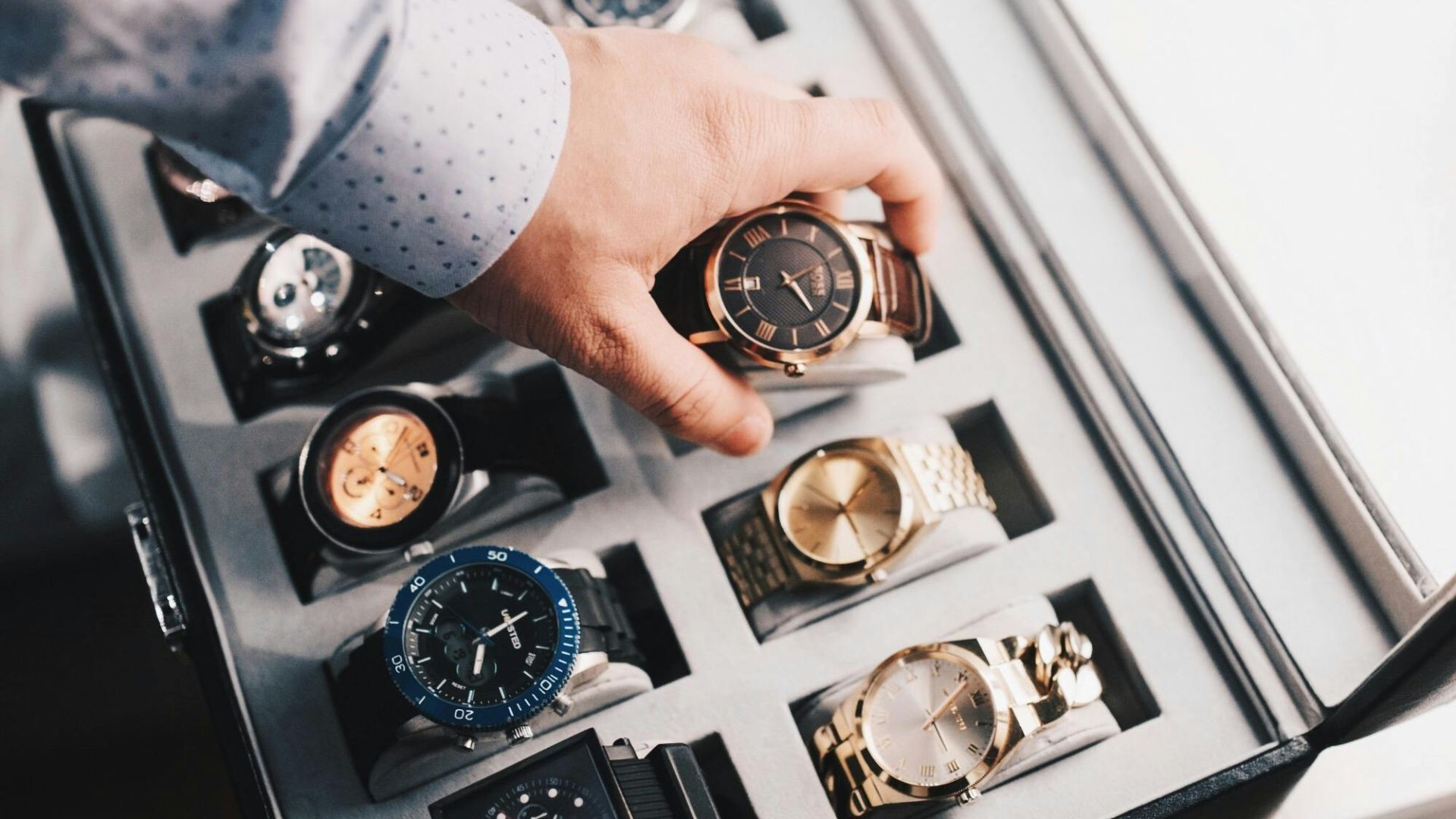 Pixel-Shot, Shutterstock, Modified
Pixel-Shot, Shutterstock, Modified
Buying a high-end watch feels exciting in the moment, especially when you tell yourself it counts as an “investment”. That excitement fades fast when the watch hits the floor and you hear the kind of crack that turns your stomach.
Damage like that raises a fair question: will insurance step in, or are you stuck with a repair bill that wipes out any hope of value? The answer depends on how you covered the watch before the accident, so let’s break down what actually protects you and what doesn’t.
What Standard Home Insurance Does And Doesn’t Cover
A typical homeowner or renters policy usually includes coverage for valuables, but only up to a modest limit. Most policies treat jewelry as a category with caps that fall well short of $15,000 for a timepiece. You might see a $1,000–$2,000 limit for watches, which leaves a long gap between the damage and your payout.
Even when coverage applies, insurers expect you to document the item and prove its value. Without that record in place beforehand, claims get complicated fast. This is where many watch buyers discover the difference between assumed protection and actual protection.
That leads to the one form of coverage that would’ve fully handled a drop the next day.
Scheduled Personal Property: The Coverage That Actually Works
High-value watches usually need a scheduled personal property endorsement. Many carriers call it a “personal articles floater”. This add-on lists the item separately, using an appraisal or sales receipt to assign a value. Once scheduled, the watch receives broader protection than the basic policy offers.
The biggest advantage is coverage for accidental breakage. A sudden drop, a cracked crystal, or internal movement damage usually falls under named peril protection. You also see lower deductibles, sometimes none at all, making repairs or replacement far easier on your wallet.
Before moving on, it helps to see the difference between the two approaches at a glance:
Standard Policy
Low jewelry limits
Limited scenarios covered
Deductibles apply
Minimal protection for accidental drops
Scheduled Coverage
Full insured value
Broad protection, including breakage
Lower or zero deductible
Requires appraisal or receipt
That contrast shows why scheduling matters, especially for expensive watches.
Next comes the question buyers ask after damage happens: Can coverage be added after the fact?
Can You Add Coverage After You Drop The Watch?
Insurance doesn’t work retroactively. A policy or endorsement must be active before the loss. Once the watch hits the floor and takes damage, carriers won’t let you schedule it and claim the repair as if everything were intact. Claims teams closely review timing, and documentation makes that timeline clear.
Some consumers try to rely on extended warranties sold by retailers. Those plans sometimes cover mechanical issues, but very few include accidental damage. Dropping the watch counts as a physical impact, which is usually outside warranty terms.
All of this leads to the final question: what should you do going forward?
How To Protect A High-Value Watch From Here On Out
Future purchases need separate coverage the moment you bring them home (or sign for ownership). Getting a written appraisal or using the retailer's invoice provides the proof insurers require. That documentation locks in value and ensures the endorsement reflects the true cost of replacement.
Wearing the watch regularly also means maintaining the policy over time. Values rise and fall, especially for sought-after brands. Updating the insured amount every few years keeps your coverage aligned with the market.
If you have already dropped the watch, vintage or brand new, your options narrow to repairing it at your own cost. But the experience gives you a clear roadmap for protecting the next piece.










